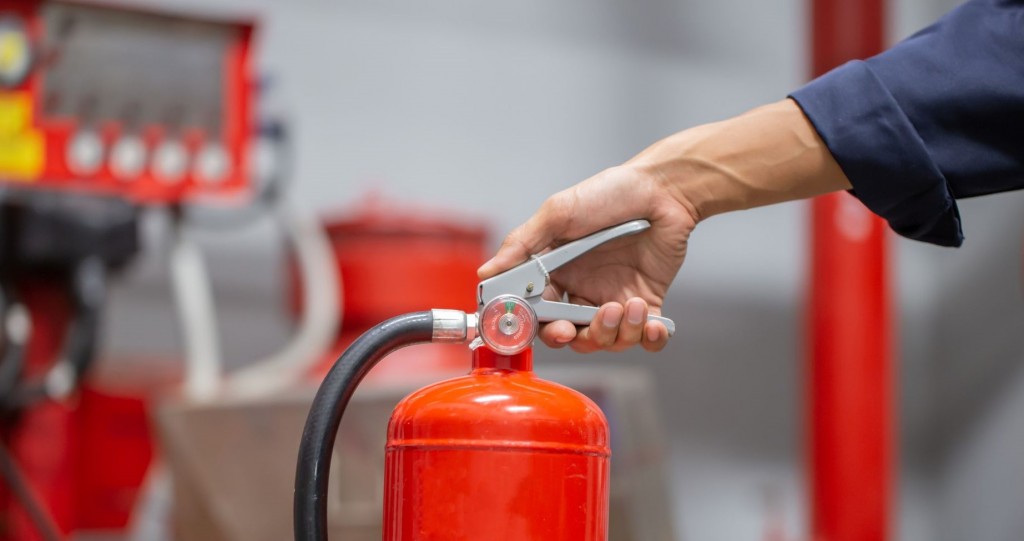
Starting February 13, 2025, new rules will come into effect in New South Wales (NSW) to improve how fire safety is managed in buildings. These changes are part of a larger plan to make buildings safer and ensure fire safety systems are properly maintained.
New Rules for Fire Safety Maintenance
Building owners must follow strict guidelines for checking and maintaining fire safety systems, as outlined in AS 1851-2012. This standard covers how often fire protection systems need to be tested, how the tests should be done, and how the results should be recorded.
Owners will also need to keep detailed maintenance records on-site. These records must prove that the fire safety systems work as they should. Local councils and Fire and Rescue NSW will be able to inspect these records and issue fines if they find any problems.
Accreditation for Fire Safety Experts
Another big change is that only accredited fire safety practitioners will be allowed to assess and approve fire safety systems. Right now, anyone considered “properly qualified” can do this work, but the new rules require official accreditation.
Building owners will need to list the accredited practitioner’s name and accreditation number on fire safety certificates.
The government is still working on the details of how practitioners can get accredited. Practitioners who are already certified through existing programs, like FPAS, will be allowed to keep working under transitional rules until June 30, 2026.
What You Should Do
For building owners:
Make sure your fire safety systems meet the AS 1851-2012 standard.
Keep up-to-date records of all inspections and maintenance.
Be ready for council and fire authority inspections.
For fire safety practitioners:
Check if you need accreditation and start the process early.
Stay informed about the new rules and prepare for the transition.
These changes aim to make NSW buildings safer and ensure fire safety systems are reliable and properly maintained. By working together, building owners and fire safety professionals can ensure a smooth transition to these new standards.
This information is provided courtesy of Mark Vender from HVAC&R News Page.



